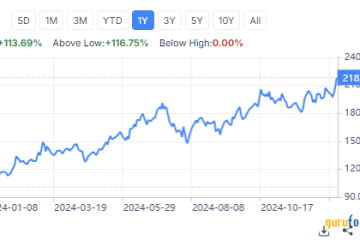Australia vs Philippines: An Overview of Bilateral Relations

Introduction
The relationship between Australia and the Philippines has significantly evolved over the years, marked by increasing collaboration in trade, education, and cultural exchange. Given both countries’ strategic positions in the Asia-Pacific region, understanding their partnership is vital for economic growth, security, and mutual development.
Trade and Economic Ties
In recent years, Australia has emerged as one of the Philippines’ key trading partners, with bilateral trade reaching approximately AUD 2 billion in 2022. Australian exports to the Philippines include machinery, mineral fuels, and agricultural products, while the Philippines primarily exports electronics, garments, and other consumer goods to Australia.
Moreover, the two nations are part of regional trade agreements that foster a conducive environment for economic collaboration. The ASEAN-Australia-New Zealand Free Trade Agreement (AANZFTA) stands out, facilitating tariff reductions and enhancing access to markets.
Education and Cultural Exchange
The educational exchange is another crucial aspect of the Australia-Philippines relationship. Thousands of Filipino students are currently pursuing higher education in Australia, with a rise in Filipino students applying for scholarships and other educational opportunities. This trend not only strengthens the cultural ties but also creates a skilled workforce prepared to contribute to both nations’ economies.
Cultural cooperation is also thriving, as demonstrated by various Australian programs promoting Filipino arts, music, and literature. Initiatives like the Australia-Philippines Friendship Day celebrate the cultural connections, fostering goodwill and understanding between the peoples of both nations.
Security and Cooperation
In addition to economic and educational exchanges, Australia and the Philippines share a strong commitment to security cooperation. Both countries have conducted joint military exercises aimed at enhancing regional stability and addressing common security challenges, such as terrorism and maritime security. The recent engagements align with Australia’s broader strategy in the Indo-Pacific, which emphasizes partnerships with Southeast Asian nations.
Conclusion
The growing ties between Australia and the Philippines underscore the importance of mutual understanding and cooperation in addressing contemporary global challenges. As both countries continue to deepen their bilateral relations, they can pave the way for enhanced economic prosperity, cultural richness, and lasting peace in the region. Observers expect this partnership to flourish in the years ahead, potentially leading to more collaborative initiatives that benefit both nations.









